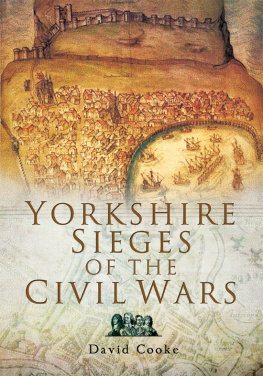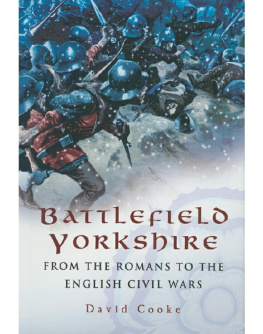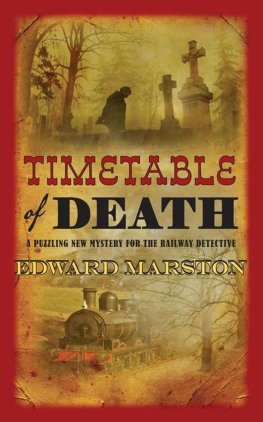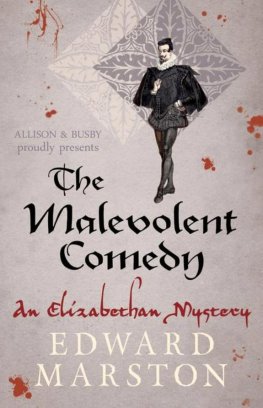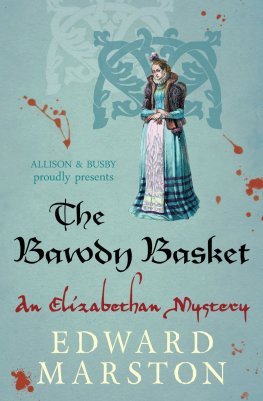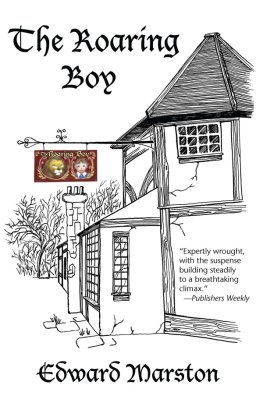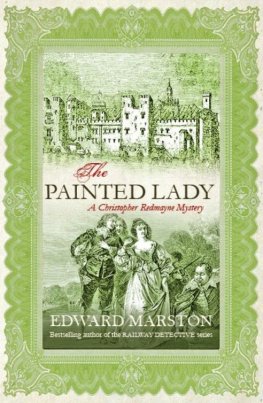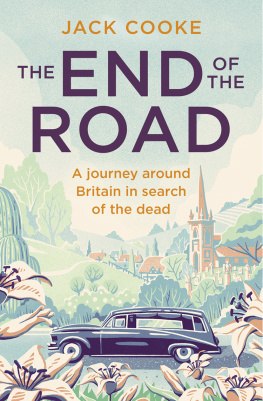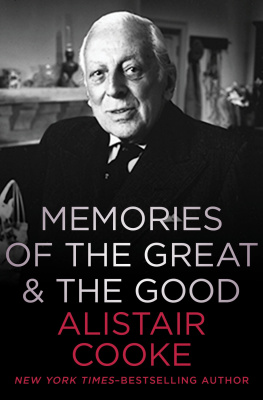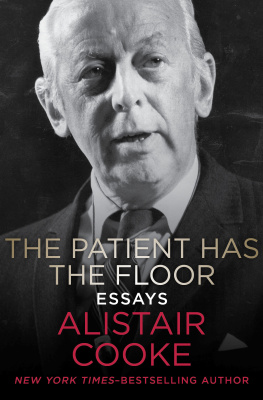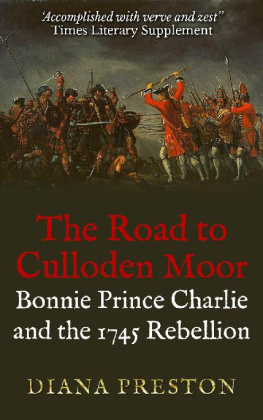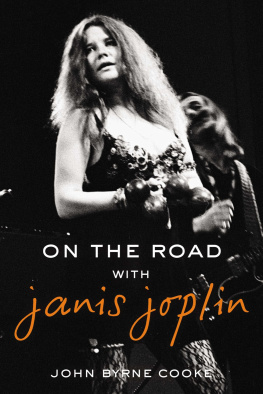David Cooke - The Road to Marston Moor
Here you can read online David Cooke - The Road to Marston Moor full text of the book (entire story) in english for free. Download pdf and epub, get meaning, cover and reviews about this ebook. year: 2008, publisher: Casemate Publishers, genre: History. Description of the work, (preface) as well as reviews are available. Best literature library LitArk.com created for fans of good reading and offers a wide selection of genres:
Romance novel
Science fiction
Adventure
Detective
Science
History
Home and family
Prose
Art
Politics
Computer
Non-fiction
Religion
Business
Children
Humor
Choose a favorite category and find really read worthwhile books. Enjoy immersion in the world of imagination, feel the emotions of the characters or learn something new for yourself, make an fascinating discovery.

- Book:The Road to Marston Moor
- Author:
- Publisher:Casemate Publishers
- Genre:
- Year:2008
- Rating:3 / 5
- Favourites:Add to favourites
- Your mark:
- 60
- 1
- 2
- 3
- 4
- 5
The Road to Marston Moor: summary, description and annotation
We offer to read an annotation, description, summary or preface (depends on what the author of the book "The Road to Marston Moor" wrote himself). If you haven't found the necessary information about the book — write in the comments, we will try to find it.
The Road to Marston Moor — read online for free the complete book (whole text) full work
Below is the text of the book, divided by pages. System saving the place of the last page read, allows you to conveniently read the book "The Road to Marston Moor" online for free, without having to search again every time where you left off. Put a bookmark, and you can go to the page where you finished reading at any time.
Font size:
Interval:
Bookmark:


Pen & Sword Military
an imprint of
Pen & Sword Books Ltd
47 Church Street
Barnsley
South Yorkshire
S70 2AS
Pen & Sword Maritime, Pen & Sword Military, Wharncliffe Local History,
Pen & Sword Select, Pen & Sword Military Classics and Leo Cooper.
Pen & Sword Books Limited
47 Church Street, Barnsley, South Yorkshire, S70 2AS, England
E-mail: enquiries@pen-and-sword.co.uk
Website: www.pen-and-sword.co.uk
- Ousegate, Selby
- Selby Market Place and Abbey
- St Marys Tower, York
- Kings Manor, York
- Bootham Bar, York
- Kings Manor, York
- Marston MoorLooking from the Ditch Towards the Initial Positions of Gorings Horse
- Marston MoorLooking from White Syke Close Towards the Initial Position of Cromwells and Leslies Horse
- Marston MoorLooking from White Syke Close Towards the Initial Positions of the Royalist Right-Wing Horse
- Marston MoorLooking through the Royalist Lines Towards the Ridge
- Marston MoorLooking from the Allied Lines Towards the Royalist Positions
- Marston MoorThe Monument
- Marston MoorLooking from the Outskirts of Tockwith Towards the Royalist Right-Wing Horse
- Marston MoorThe Ditch Looking from Moor Lane Towards Tockwith
- Marston MoorFour Lanes Meet Looking Towards York
- Marston MoorLooking from White Syke Close Towards Wilstrop Wood
- Marston MoorWhite Syke Close
- Marston MoorThe Pond Close to the Ditch and Moor Lane
- Sir Thomas Fairfax
- Lord Ferdinando Fairfax
- William Cavendish, Marquis of Newcastle
- Prince Rupert
- Oliver Cromwell
- George Goring
Font size:
Interval:
Bookmark:
Similar books «The Road to Marston Moor»
Look at similar books to The Road to Marston Moor. We have selected literature similar in name and meaning in the hope of providing readers with more options to find new, interesting, not yet read works.
Discussion, reviews of the book The Road to Marston Moor and just readers' own opinions. Leave your comments, write what you think about the work, its meaning or the main characters. Specify what exactly you liked and what you didn't like, and why you think so.

